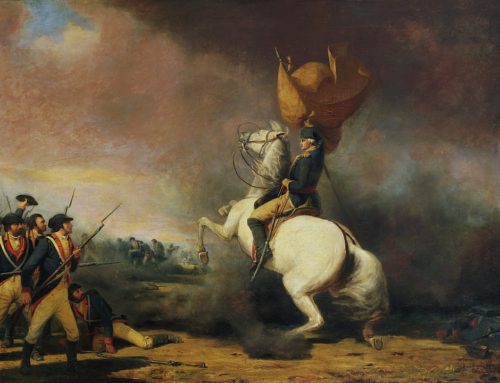In 2003, a Goldman Sachs economic team led by Jim O’Neill focused on the positive prospects of four developing countries — Brazil, Russia, India and China, or “BRIC.” In a paper “Dreaming with BRICs: The Path to 2050,” O’Neill argued that over the next 40 years:
* The total BRIC gross national product could be double the size of the combined GNP of the G6, or Group of Six, countries: the United States, Japan, the United Kingdom, Germany, France and Italy.
* China’s economy would become the world’s largest.
* In the following order, China, the United States, India, Japan, Russia and Brazil would possess the largest GNPs.
* The BRIC countries would become not only the primary source of manufacturing and major supplier of commodities but also significant consumers.
O’Neill predicted that the world economic climate could change even more from 2000 to 2050 than it did from 1950 to 2000. The catalyst for this monumental change among major developing countries would be: embracing growth-supportive policies; replacing their “command economies” with capitalism; instituting liberal political systems; and establishing first-rate educational institutions.
The BRIC countries have already become significant global players and reshaped global commerce. Combined, they encompass more than 25 percent of the world’s land area and have 40 percent of the world’s population.
Critics of the BRIC thesis point out that bundling these countries together is misleading because the four nations have not formed a political alliance such as the European Union or any formal trading association. Instead, they have bonded politically in order to influence the United States on major trade accords.
China is now the world’s manufacturing center and India is becoming the main provider of office services globally.
Brazil and Russia have become significant suppliers of raw materials.
The rise of China will undoubtedly be one of the great dramas of the 21st century. Centuries ago, French emperor Napoleon Bonaparte visualized its potential when he reputedly admonished, “Let China sleep, for when she awakes, she will shake the world.”
China’s extraordinary economic growth and active diplomacy have already transformed East Asia. But exactly how this drama will play out presents one very fundamental question: Will China remain a communist one-party state outside the democratic pale or will it become a pluralistic, democratic capitalistic nation?
In the meantime, China possesses major manufacturing centers, consumes roughly a third of the global supply of iron, steel and coal and has accumulated more than $1 trillion in reserves, as of the end of 2006.
Indian companies have a two-thirds share of the world market of offshore information technology services and hold about 50 percent of the market for business process outsourcing.
India’s growth rate ranks only behind China. Mark Thirlwell, author of the report “India, the Next Economic Giant,” noted that the country has become a major provider of services because of its large educated labor class, whose members are available at less than one-tenth the cost of their counterparts in the United States and Europe.
But India has three major problems:
* A fast-growing population.
* Extreme economic and social inequality.
* Pervasive corruption that has strangled private enterprise.
Brazil is the world’s 10th largest economy, benefiting from a boom in commodity prices. Major exports include coffee, soybean, iron ore, steel, ethanol, textiles, footwear and electrical equipment.
Of the four BRIC economies, Brazil has consistently underperformed in terms of real growth. High taxes and interest rates hinder investment.
But Brazil has always underperformed. In 1941, Austrian journalist and author Stefan Zweig said that Brazil was the “country of the future.” Commentators humorously added the rider “and it always will be.”
Russia might be the weakest link of the BRIC nations. Although the country has recently achieved an impressive gross domestic product, much of this surge reflects high oil prices, rather than the development of growth-promoting institutions.
On the one hand, Russia is the world’s No. 1 exporter of gas and the No. 2 exporter of oil. On the other hand, Russia still has not developed an entrepreneurial spirit or invested in non-energy related research and development.
In conclusion, the BRIC thesis remains controversial.
BRIC pessimists point out that these countries inhibit foreign investment, stifle free trade, subsidize key industries, subsidize massive state enterprises, and maintain an outdated banking system. Together, these policies inhibit long-term growth.
BRIC defenders forecast that the economic hegemony by G6 nations is numbered. The future, they say, belongs to Brazil, Russia, India and China.



